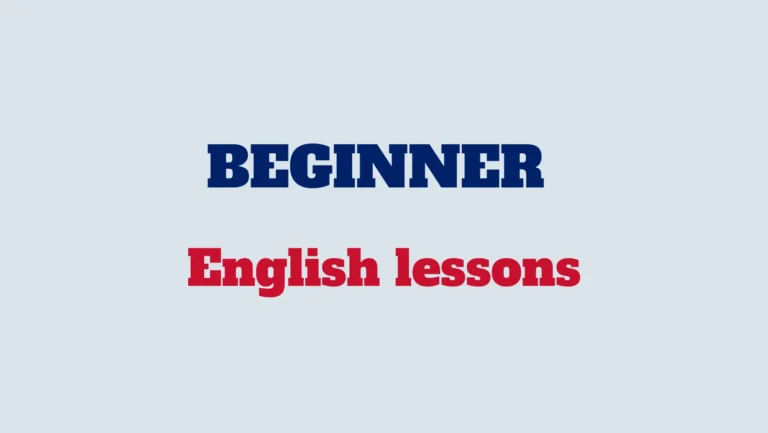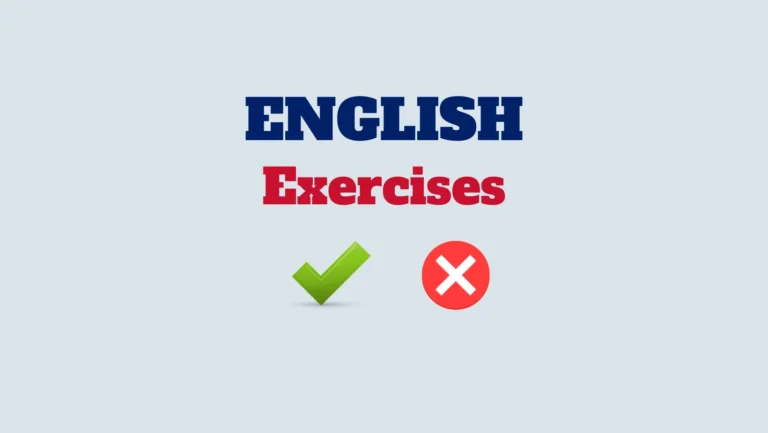The terms “midget” and “dwarf” have historically been used to describe people with short stature, but they have different meanings and connotations. It’s important to note that both terms are now considered outdated and potentially offensive. Modern and respectful terminology includes “short person” or “little person.”
Midget
Definition:
Historically, a “midget” referred to a person of very short stature with proportionate body parts, meaning their limbs and trunk were similar in size to those of an average-height person but scaled down. This term is no longer considered appropriate and is widely regarded as offensive.
Note on usage:
The term “midget” is now considered outdated and derogatory. It is recommended to use “short person” or “little person” instead, depending on the preference of the individual.
Dwarf
Definition:
A “dwarf” traditionally refers to a person with a condition called dwarfism, which results in very short stature and disproportionate body parts. This means the person’s limbs and other body parts are not in proportion to their trunk. Dwarfism can be caused by various medical conditions, most commonly achondroplasia.
Note on usage:
“Dwarf” is still used in some medical contexts, such as “dwarfism,” but as a term for individuals, it is better to use “short person” or “little person.” Always be sensitive to personal preferences.
While “midget” and “dwarf” have been used in the past to describe different types of short stature, these terms are now considered outdated and offensive. It is important to use respectful language, such as “short person” or “little person,” and to be mindful of individuals’ preferences. Being aware of the evolving language around disability and body differences helps promote respect and inclusivity.



